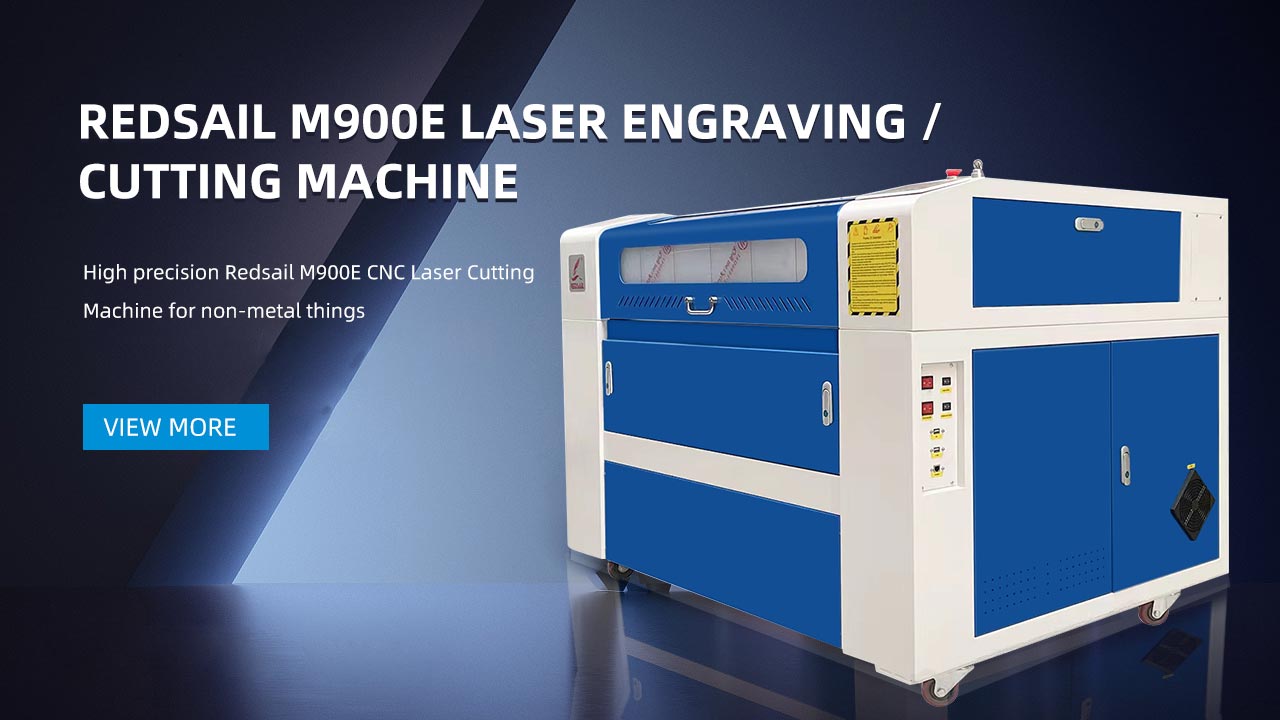What is the Best Laser for Cutting Wood?
Woodworking and crafting enthusiasts often rely on laser cutters to create intricate designs and precise cuts on various wood materials. With the advancements in laser technology, there are now several options available in the market for cutting wood. However, choosing the best laser for cutting wood can be a daunting task, especially for those new to this field. In this article, we will explore different types of lasers and their suitability for wood cutting, helping you make an informed decision for your woodworking projects.
Types of Lasers for Wood Cutting
There are primarily three types of lasers commonly used for cutting wood: CO2 lasers, fiber lasers, and neodymium-doped yttrium aluminum garnet (Nd:YAG) lasers. Each type has its own unique characteristics and advantages.
CO2 lasers
CO2 lasers are highly popular among woodworkers due to their versatility and efficiency. These lasers emit a high-energy infrared beam that is readily absorbed by organic materials like wood. The absorbed energy heats the wood, causing it to vaporize or melt, resulting in precise cuts. CO2 lasers can cut through various wood thicknesses, and their power output can be easily adjusted according to the requirements of the project.
Fiber lasers
Fiber lasers are another option for cutting wood. Unlike CO2 lasers, fiber lasers use a solid-state laser source that generates a laser beam through a fiber optic cable. Fiber lasers are known for their high cutting speeds and accuracy, making them suitable for intricate designs and delicate pieces. Additionally, fiber lasers have a longer service life and require less maintenance compared to CO2 lasers. However, they may not be as effective for cutting thick wood materials.
Nd:YAG lasers
Nd:YAG lasers are primarily used for industrial applications due to their high power output. These lasers generate a strong laser beam by doping yttrium aluminum garnet crystals with neodymium. Nd:YAG lasers can cut through thick wood materials with ease, but they are less commonly used in smaller woodworking projects due to their higher cost and complexity. They are best suited for large-scale industrial woodworking operations.
Considerations for Choosing the Best Laser
While the choice of the best laser for cutting wood depends on individual needs and project requirements, here are some factors to consider:
1. Power output
The power output of the laser determines the cutting speed and material thickness it can handle. For cutting thick wood materials or working on large-scale projects, a higher power output is desirable. However, for smaller projects, a lower power output might suffice.
2. Cutting bed size
The cutting bed size should be large enough to accommodate the size of your wood pieces. Ensure that the laser cutter you choose has a cutting bed that suits your project requirements.
3. Precision and accuracy
Consider the level of precision and accuracy required for your woodworking projects. Fiber lasers are often preferred for intricate and delicate designs, as they offer higher precision compared to CO2 lasers.
4. Budget
Cost is an important factor to consider when choosing a laser cutter. CO2 lasers are generally more affordable and suitable for most wood cutting applications. However, if you require high power output or specialized features, the cost may increase.
FAQs
Q: Can any type of wood be cut with lasers?
A: Yes, lasers can cut through most types of wood, including hardwoods, softwoods, plywood, and MDF. However, certain factors such as wood thickness, density, and resin content can affect the cutting speed and quality.
Q: Are laser cut edges clean and smooth?
A: Laser cutting produces clean and smooth edges on wood, eliminating the need for additional finishing in most cases. However, the quality of the cut can depend on the power and focus settings of the laser cutter.
Q: Can lasers engrave wood?
A: Yes, lasers can engrave intricate designs and patterns on wood. By adjusting the laser power and speed, you can create customized engravings on various wood materials.
Q: Can I cut intricate shapes with lasers?
A: Laser cutters are highly capable of cutting intricate shapes, thanks to their high precision and accuracy. Both CO2 and fiber lasers are well-suited for cutting intricate patterns in wood.
Q: Can lasers be used for other materials besides wood?
A: Yes, lasers are versatile tools that can cut and engrave various materials, including acrylic, plastic, leather, fabric, and even metals. However, the type of laser and its power requirements may vary depending on the material being processed.
Choosing the best laser for cutting wood ultimately depends on your specific needs and project requirements. Consider factors such as power output, cutting bed size, precision, and budget before making a purchase. With the right laser cutter, you can achieve precise, clean cuts and bring your woodworking projects to life with ease.
Remember to always follow safety guidelines and operate laser cutters in a well-ventilated area.
Happy woodworking!





